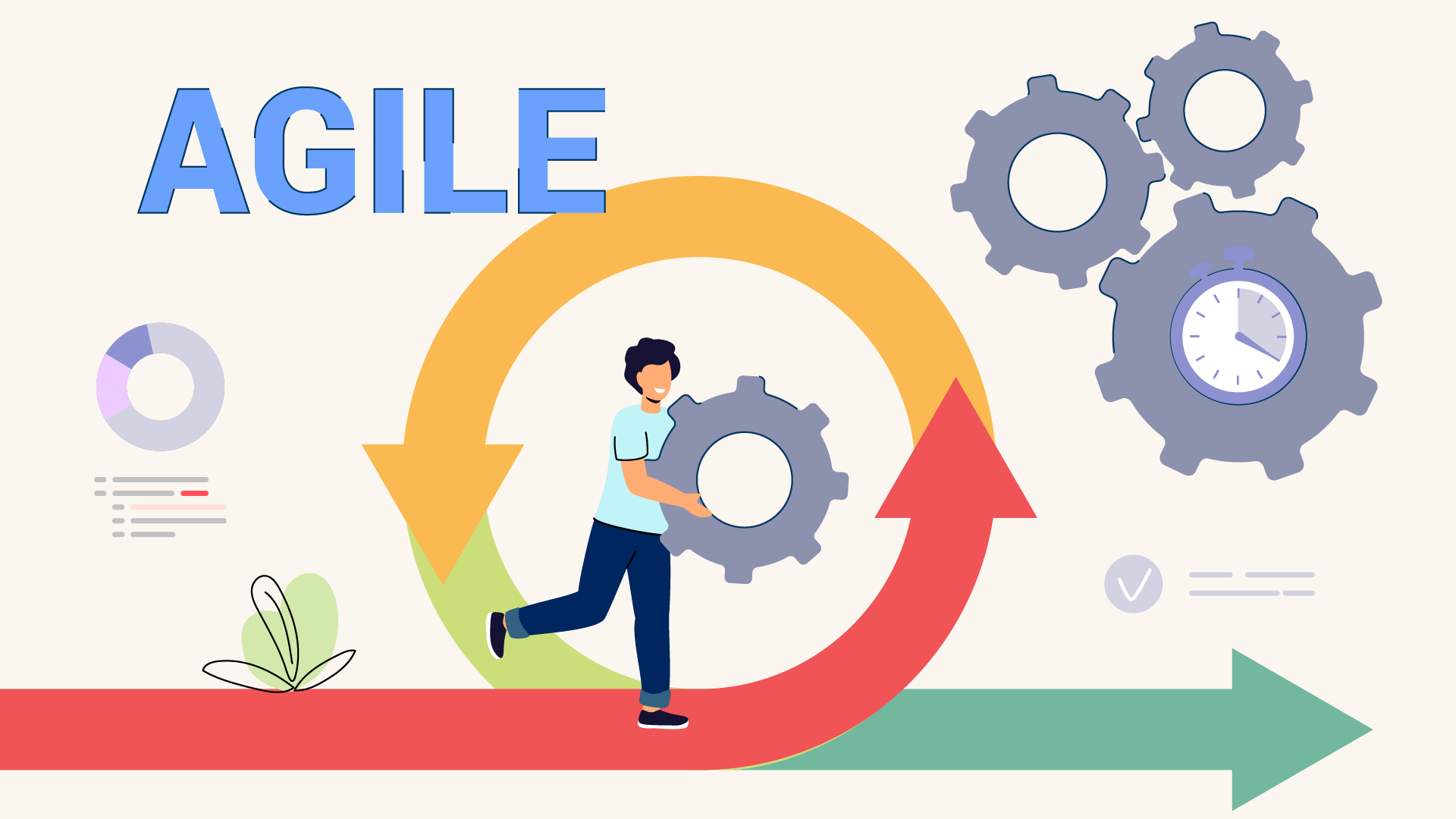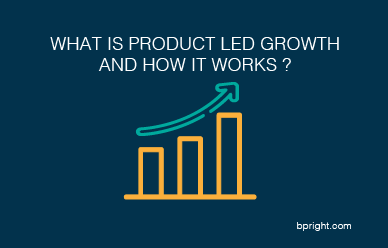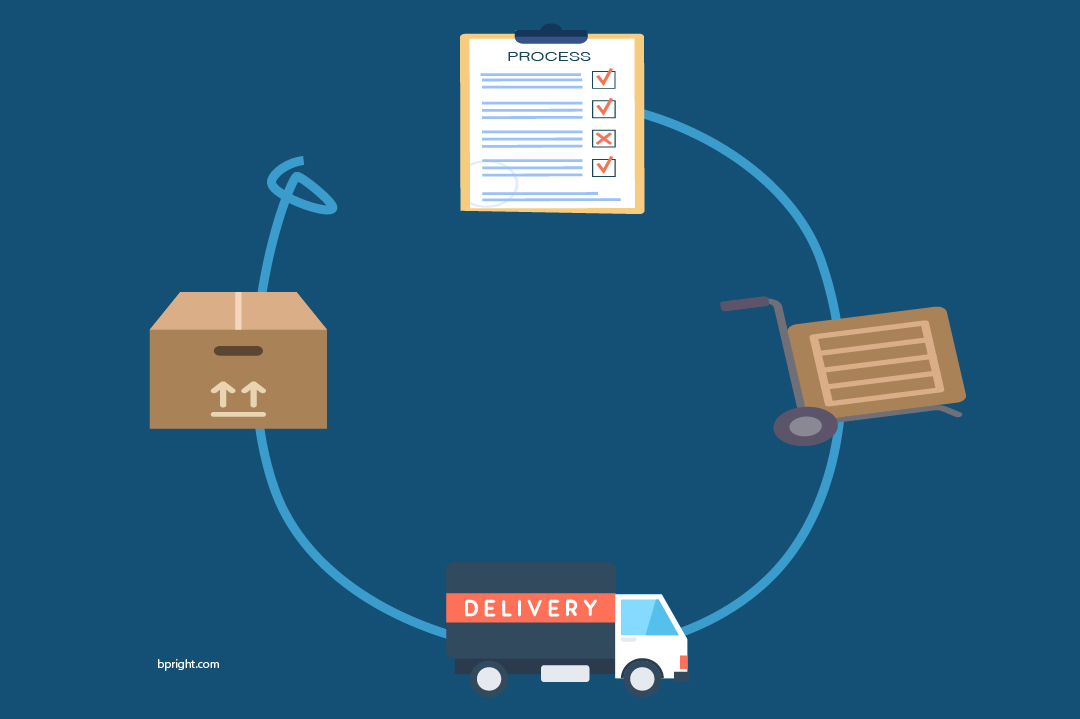Software as a Service (SaaS) has superseded the traditional software purchase process and introduced a subscription-based approach that has made everything more efficient and, typically, less costly.
Additionally, when linked to their services, SaaS providers give their clients regular assistance and fresh functions through software updates.
So, does developing software using SaaS and Agile project management work well together?
First, what is Agile?
"Agile" refers to a collection of best practices for programming that enable developers to quickly adjust to a dynamic marketplace.
Over several of the most credible experts on programming have signed the document.
The values and guiding principles center on delivering exceptional value through services of the highest quality.
Software can be developed using a range of Agile methodologies.
For agile-based development, there should be multiple standard approaches, though. Let's examine this.
Should You consider Agile for SaaS?
Since SaaS products are created and delivered online, upgrades and modifications happen quickly.
Numerous cycles will be necessary for successful software as a service (SaaS) offerings to continue to succeed.
The Agile approach proved helpful in particularly this case.
Development teams may produce high-quality product improvements and other features more quickly with SaaS Agile.
Customer support depends on how quickly these features are delivered.
Because of the format of SaaS products, problems can be found fast.
Problems must therefore be handled in a similar manner.
Features and improvements that result from users participation can increase a given product's chances for long-term success.
Positive Agile aspects for SaaS Solutions
The following are the main advantages of using the Agile implementation method for SaaS applications like ERP:
• Workshops with stakeholders significantly accelerate the requirement-development process in comparison to more conventional documentation methods.
• Short setup cycles, such as two or three weeks, allow users to identify problems early and progress until they hit the "Aha" moment.
Regardless of the conditions, an Agile-like implementation approach can significantly lower project risk.
When a SaaS deployment strategy goes over budget and is not completed on schedule, there are less hazards.
Agile is a specialized software development process, but some of its components—like ERP—can be effectively applied to SaaS deployments.
Specs Gathering for SaaS using an Agile Approach
The requirements collecting approach begins with a live demonstration and a workshop.
End users demonstrate to consultants how activities are carried out working with the system.
They then explain to customers how the transactions might take place deploying the default application of the ERP system.
During the training, they discuss the distinctions.
Users should be able to explain to consultants what they are lacking when the new idea is inadequate.
The documentation may be more formal when using the Agile version.
Consultants, for example, could turn to requirements management software to document use cases or user stories.
The system is then modified to handle each use case.
The results are then provided to individuals who use the system to validate their work.
The procedure is quick and typically completed in two to three weeks.
It is vital to highlight that IT experts visit users every two weeks to advise them of the most recent changes.
They test the changes live, and any issues are resolved as soon as possible.
How can agile make the process better?
Users will profit from the usage of agile project management, and SaaS solutions are designed to give the maximum value.
Agile approaches can help SaaS thrive in the user's best interests, but only if a business views Agile as an advantage or convenience for SaaS initiatives.
Adopting Agile methodologies is pointless if they do not help your business in some way.
Agile can improve software development efficiency and momentum, hence it is worth being taken into account for your project.
How could Agile methodologies improve product quality or project management in SaaS?
Simply said, the Agile approach could be useful in redirecting attention on the user's value.
Backlogs and other Agile strategies improve the value customers contribute to your firm or boost the value of the business for your investors if you use an iterative manner.
If this is the case, you are not using Agile to provide value to your consumers, but rather the other way around.
Furthermore, providing value to your clients should be the focus of your efforts, as the higher the value you supply to your customers, the more quality you offer.
In contrast, if you focus on the customer's value and must be more efficient in delivering it through Agile approaches, you will lose a competitive advantage.
This is why the Agile process in SaaS must be balanced to achieve client satisfaction and profitability.
How do you include Agile into your project?
The primary purpose of SaaS Agile is to achieve rapid, adaptable, and continuous delivery of services.
But what exactly do you require to do in a specific project? Let's have a look at the actions you'll need to take to put it into practice.
1-Make a backlog
Once you've established your product's vision and objectives, it's time to create the product's backlog.
Every job necessary to accomplish your business's goals is included in your product's backlog.
Furthermore, the backlog will be improved and altered in response to changes in the industry and consumer input.
Backlogs are built and developed by technology professionals in collaboration with product marketers and management.
2-Set product goals and secure approvals
The first step is to identify the major goals of your product.
The objectives should be straightforward, specific, and relevant to your product's vision.
Are your objectives attainable? Can you meet them within your product's timeframe?
Aside from recommended practices and approaches, including Agile into the production process of a SaaS solution is a prerequisite for complete devotion.
Your developers, as well as all other teams in your company, should all agree and prioritize the project.
Is it clear that everyone on the team is on the same page?
Will everyone be able to keep the team on track?
It is critical to consider these topics carefully since a shared knowledge across the spectrum streamlines the design process.
3-Plan your dev sprints and hold regular meetings
Agile Software Development is built on development sprints.
It lasts one to two weeks, with each team member assigned responsibilities that are then translated into a real product after a set amount of time.
Sprints of development are critical in the creation of SaaS solutions, and communication is important in order to maximize their possibilities.
Holding regular meetings is one technique to ensure communication throughout the development process.
Each team member discusses the status of their projects, their successes, and any roadblocks or difficulties they are facing at work during the daily meetings.
Meetings are not required to be long: fifteen minutes or less is an ideal time frame.
It will prevent problems from ballooning out of control by dealing with them swiftly, and it will drive team members to work more.
4- Iterate and make adjustments consistently
Even if the first production process is finished, there is still much to learn and improve.
The product's objectives evolved during development; thus, the backlog may need to be adjusted.
It's possible that customers will request new features that you haven't considered.
Customer input consistently identifies potential areas for expansion, and the market is always changing.
5- Review your sprints
Your team needs to review and discuss the work completed during each development sprint with significant parties.
This is an opportunity to assess what may be improved or altered for the upcoming sprint.
What areas are in need of improvement?
Are there any gaps causing the procedure to lag behind?
Which jobs were the easiest but also the most difficult?
Summary
You've probably learnt everything you need to know about using Agile software development on your next SaaS project.
Implementing Agile allows your team to develop products more quickly and successfully, as well as make your company flexible, profitable, and competitive.
Contact us to support your business growth initiatives.
Our developers are ready to help you build your next project and successfully integrate the latest technologies.





